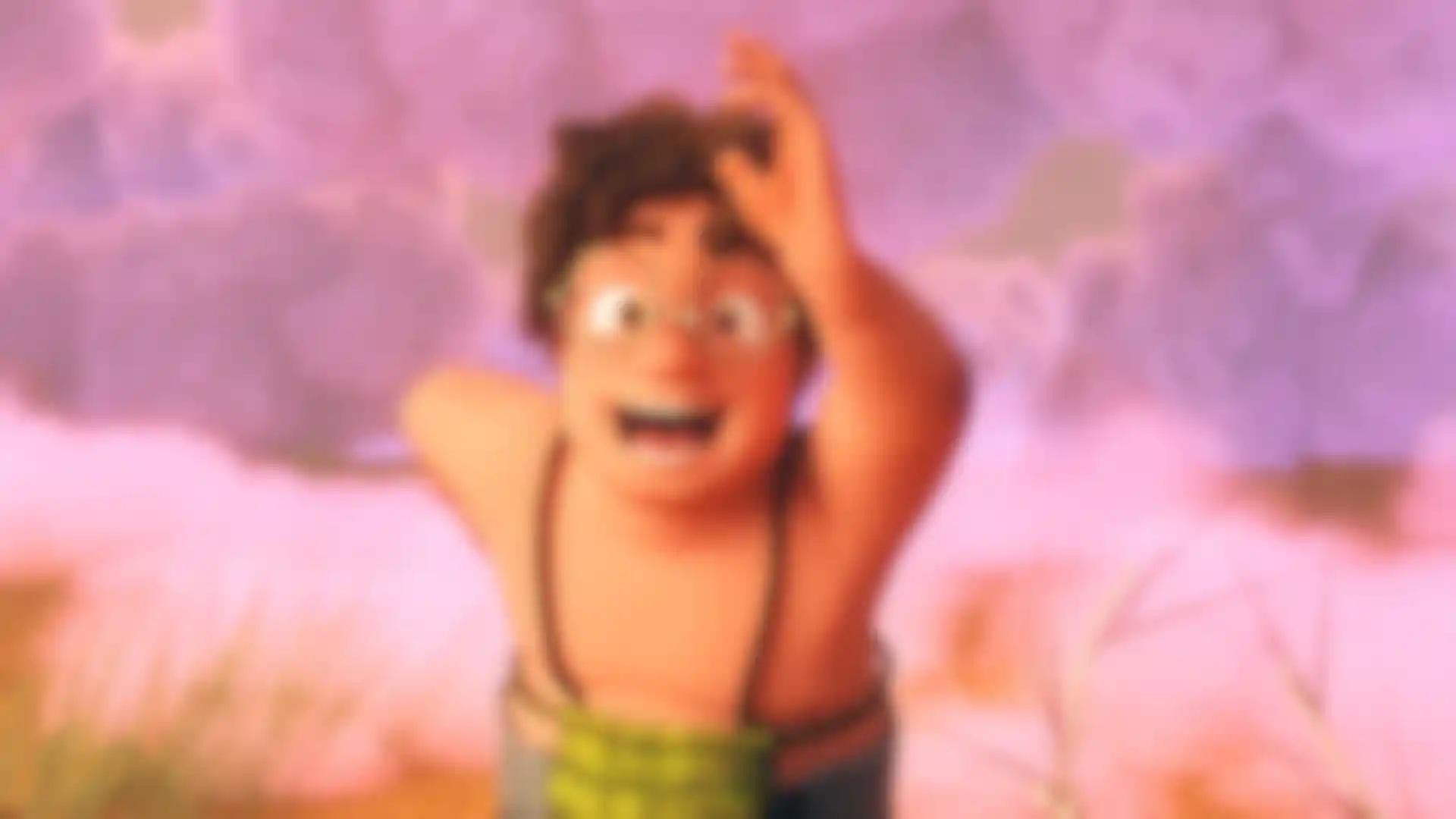
The Story of Wango & Quark How Imagination Films used Maya, Redshift and other tools to make an animated, feature-length film on a budget.
In the small city of Querétaro, Mexico, Imagination Films recently made a feature-length animated film called Wango & Quark. The film tells the story of a caveman competing to be the strongest and toughest alpha male. The problem is, he’s really an underdog who must look to the stars for help—literally seeking guidance from an alien.
Directed by Imagination Films’ Topo Gómez, Wango & Quark features characters who communicate using only an unknown language consisting of grunts, noises and gestures. The goal being to create a film that people of all ages, particularly children, could understand and appreciate without the barriers that come with everyday language.
We sat down with Topo Gómez to talk about the making of Wango & Quark, its unique language, and how the film was created with Maya and Redshift.
How long have you been working in animation?
Gómez: I started working at Imagination Films 15 years ago. We were one of the first 3D animation studios in Mexico. Those early days were quite difficult because we didn’t have 3D animation schools, or even the latest software. We had to learn everything by watching the behind-the-scenes videos of films like Toy Story. It was very, very hard.
What were the challenges of making a full-length feature versus a short film?
Gómez: We are a small studio without major investors, so we had to find new technologies that could help us work faster without costing too much money. We also don’t have the number of animators a big production needs, so we started by investing in motion capture. It was the only way we could really do this.
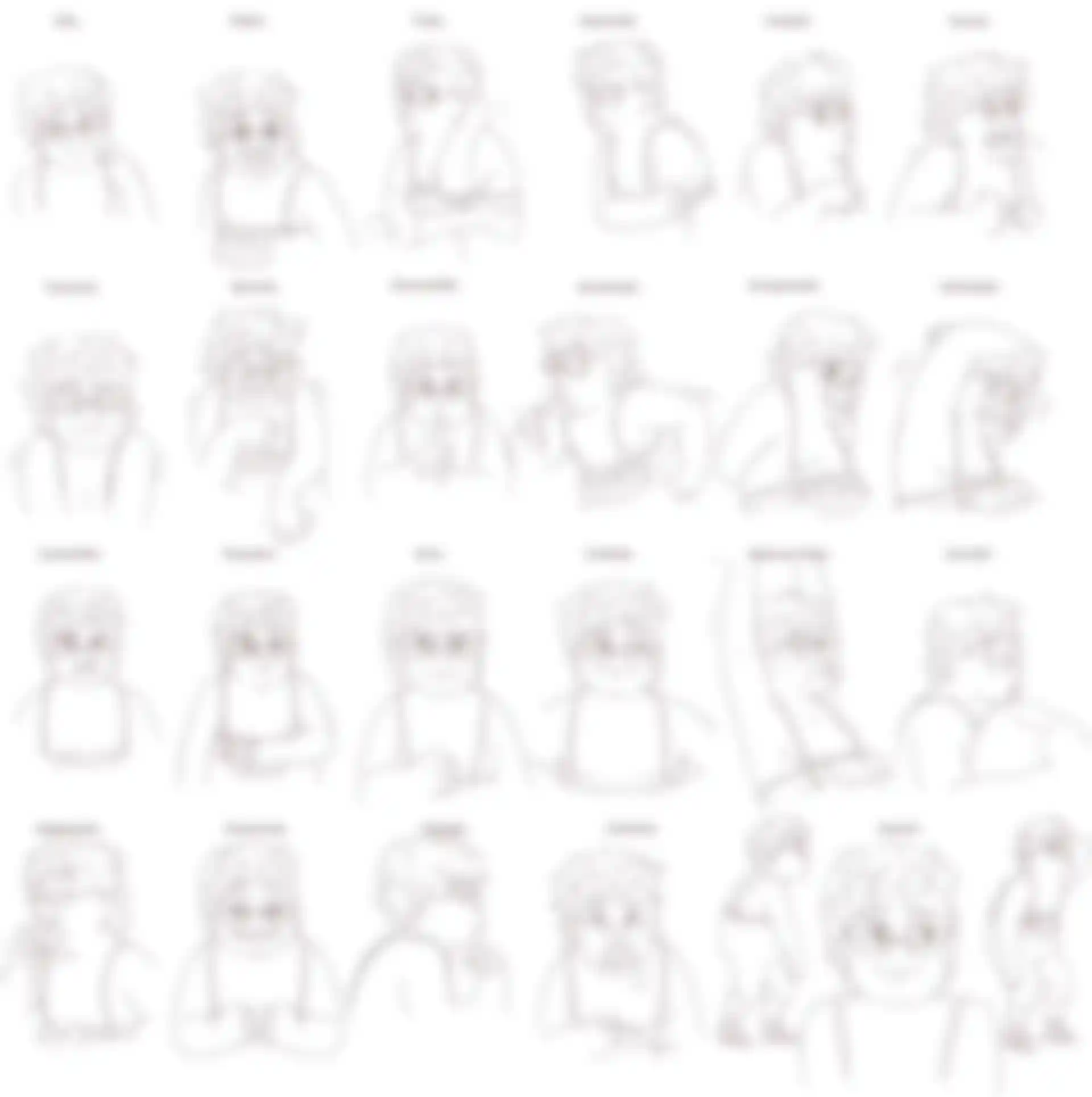
Another big challenge was figuring out how to render the film. We looked into buying traditional machines or using render farms, but the budget for that type of production was out of our reach. One of the guys at the office started asking about using GPU rendering, and we were a little paranoid.
We had done GPU rendering in the past, and it wasn’t very good. Then we discovered Redshift and started developing and experimenting. We had to learn everything ourselves, so we dove into the Redshift support forums and ended up having a lot of fun learning the software. We set up our own render farm with NVIDIA GPU cards and went to work on the film.
Tell us about the team that worked on this film.
Gómez: From the story to rendering, everything was done here in-house by a team of 50 people that includes accountants, researchers, human resources and the guy that cleans the office. As for the actual rendering, that was done by a team of six. We used three local theater actors for the motion capture performances. In fact, the same actor played both the hero and the villain. They were great to work with because their theater background helped us get the grand, exaggerated performances we wanted.
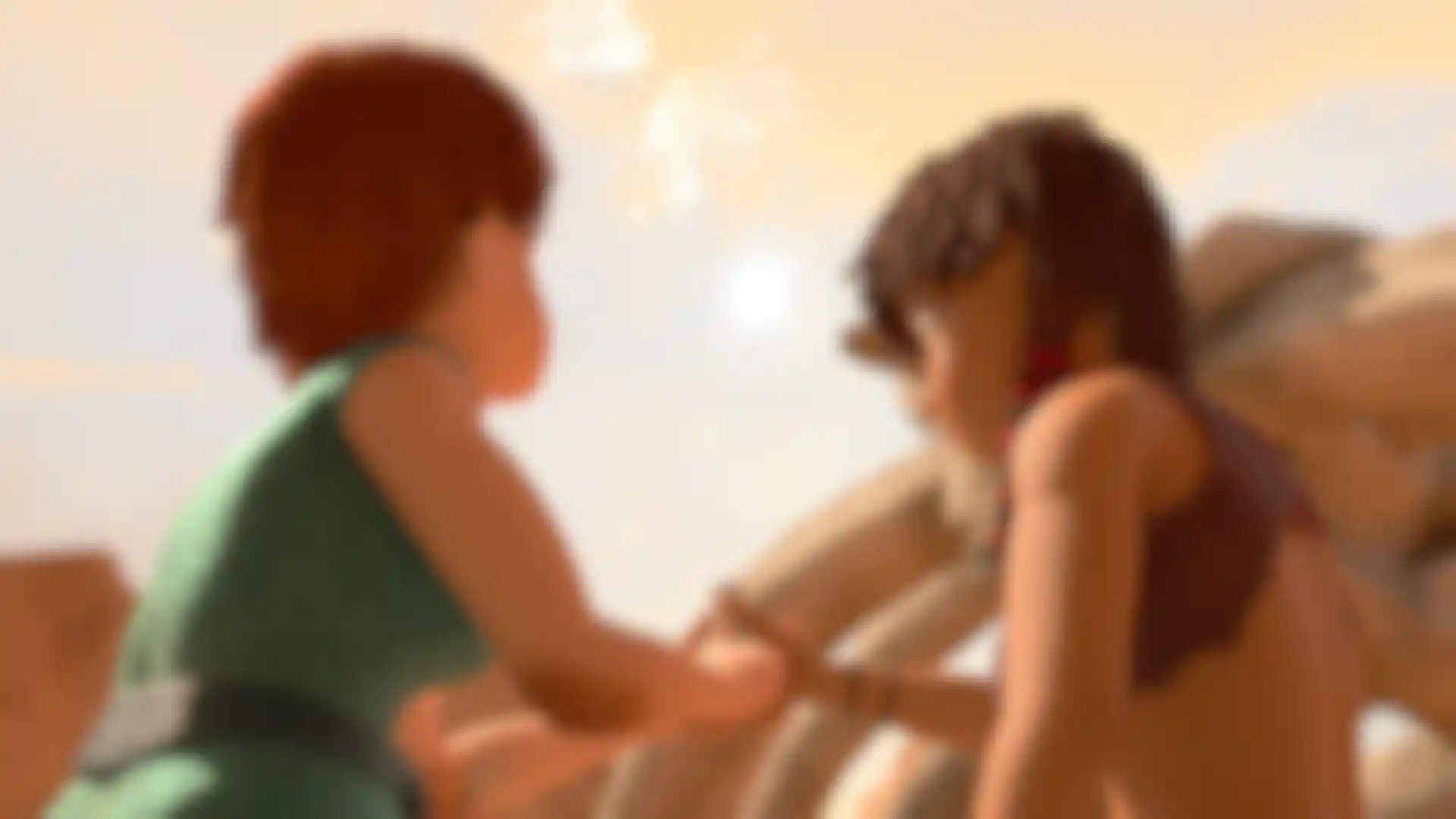
I did all of the writing and directing, but this really was a big group project. The script included all of the beats to the story, but in between the beats we collaborated and let the story naturally evolve. Everyone contributed ideas.
Describe a bit about your process for making the film.
Gómez: We set a milestone for ourselves to complete five minutes of the film per month, so whenever we had to make a decision on changing the story, we had to figure out if we could still meet our quota for the month. That’s how a lot of hard choices were made.
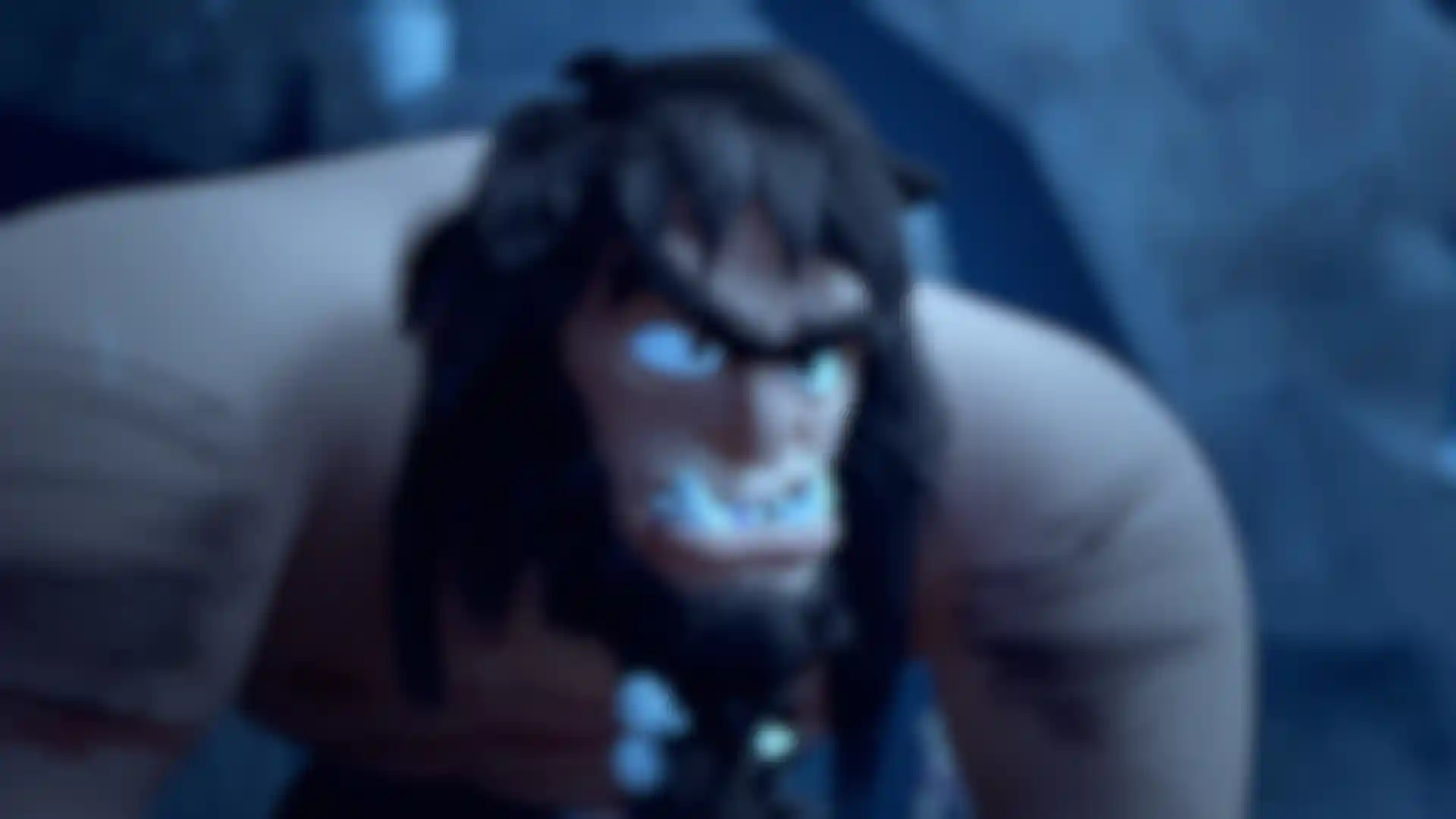
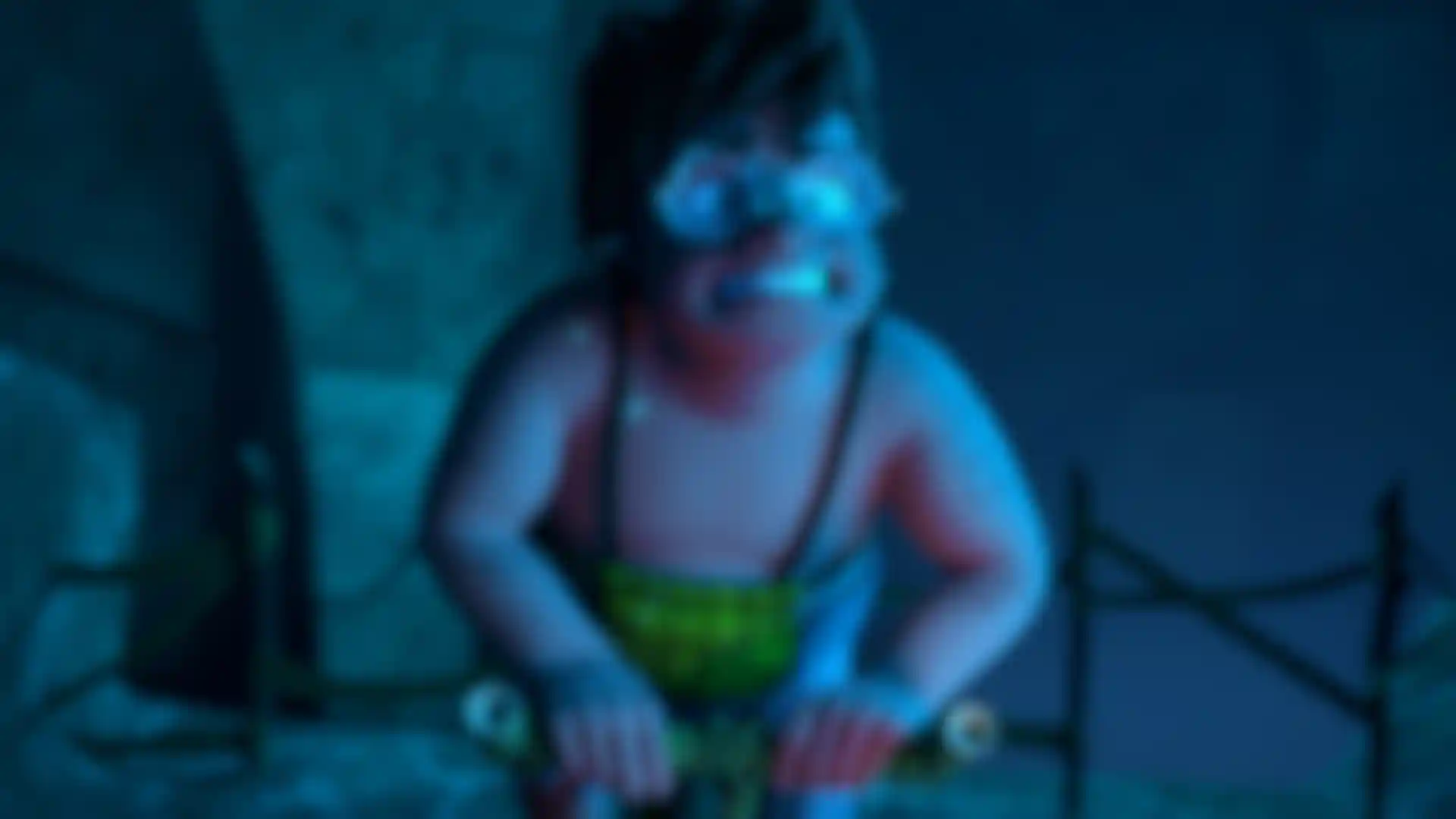
You’ll notice that we don’t use a lot of clothes and that our animals don’t have fur. We didn’t have the time for those simulations. Except, our main character does wear socks because we wanted to hide his toes. Otherwise, we would have to spend too much time thinking about his feet and toes in the scene. Those decisions were all determined by cost, not creativity. We used Maya for the environment and characters, as well as motion capture data for the animation, which was adjusted in motion builder.
As for the look, we couldn’t afford a color script, so the lighting and look all come from live reference. It helped that we studied the Arizona desert, which has bright oranges during the day, but at night turns purple or blue. We hired a photographer for other shots ad interiors, like the cave. One of the really cool things about Redshift was that the photographer was able to take all of that information and setup and put it into the software.
Tell us about the language that you developed for the film.
Gómez: To keep things within our budget, we knew we needed to use local talent for the caveman language, but then we would need translations if we ever wanted to distribute the film. So we came up with the idea was to create a universal language, and a lot of that actually came from our actors’ performances. We created a glossary of terms based on syllables and the rhythm, and all of the other words are just the names of the characters.
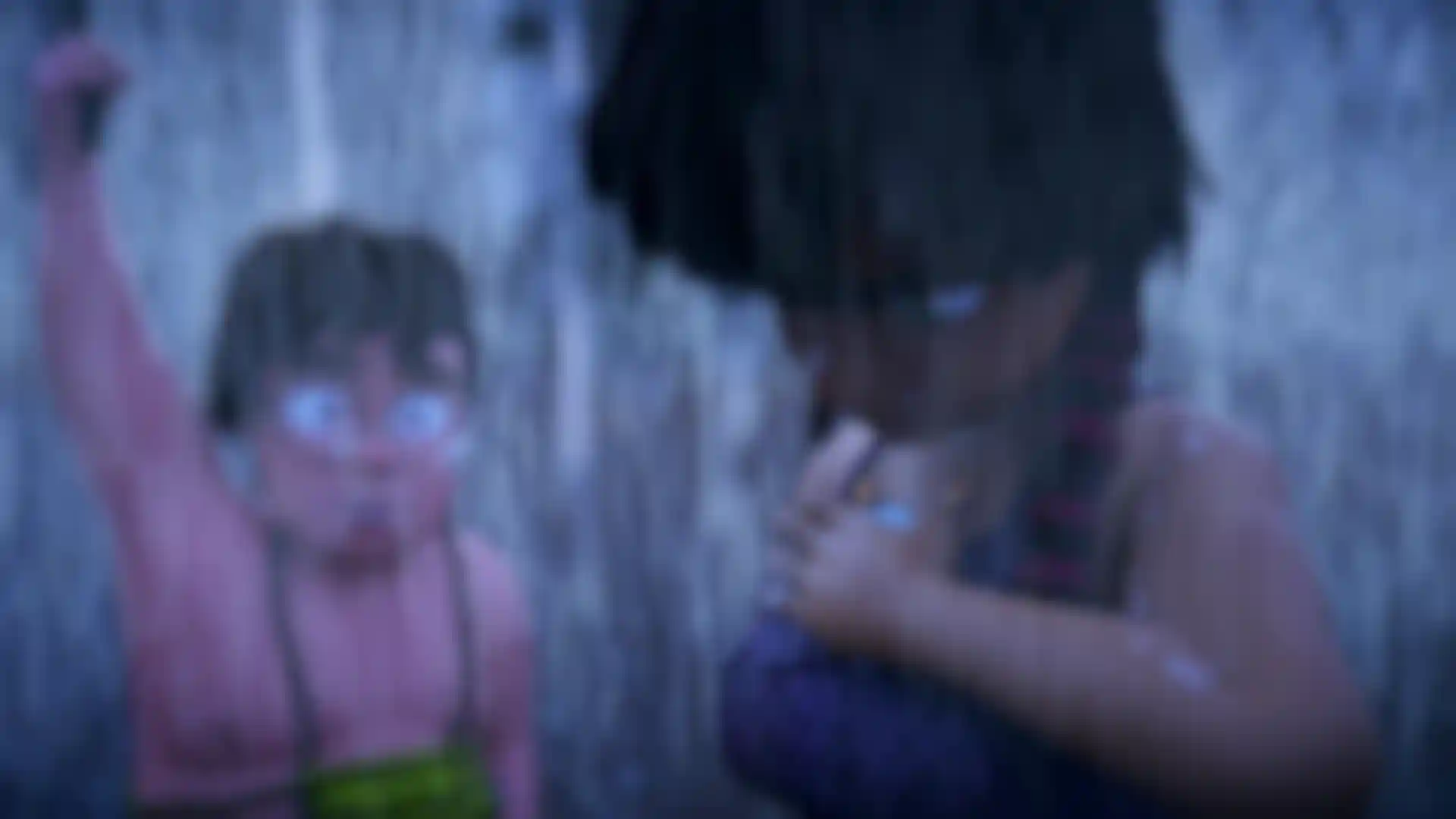
What was the biggest takeaway now that you can look back on the film?
Gómez: This film really allowed us to showcase the fact that we ca make a true feature film here in a small studio in Mexico. There’s a big difference between making a five-minute short film and a ninety-minute feature, and we were not only able to do it, we were able to maintain a high level of quality the whole time.